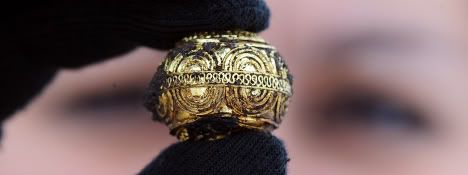Founder of Outback Maternity Home
Lucy was born six years after her parents first arrived in Australia from England. She became a milliner and operated a shop in North Adelaide, South Australia. Aged 22yo Lucy married Henry Ward. She left city life and travelled by horse and buggy to Willachra - 400km away. She and her husband had to clear the land, fence it and build their house - times were hard so they both took extra work wherever they could.
For the birth of Lucy's first daughter Lucy Evelyn (1880) there was probably no doctor and only assistance from her mother-in-law. She gave birth to another daughter (1882) who died (1885). She adopted her baby niece after the death of its mother but it later died aged 5yo - Lucy was aged 33yo. She had no more children of her own but adopted two more babies.
When relatives in the Hawker district decided to leave, Lucy and Henry bought the house. Lucy was not a trained nurse, but she acquired considerable practical knowledge through her own experiences and in the homes of other women. Lucy began to take in women far from any kind of help. With the difficulties of travel, many of these women from outlying areas often needed to stay for several weeks, and often brought their other young children with them. Since the ability to pay was never an issue, finances were not easy. Lucy cooked, cleaned, carted water, washed, and supplied milk and butter from her own dairy.
Soon the demand became greater than the house could accommodate, and so Henry built extra rooms, and "the Gables", as the house became known, was registered as a Lying-in Home (1909) under the State Children Act (1895). When a severe influenza epidemic struck (1910), Lucy set up tents to accommodate the many local people who fell ill and sought her help.
Three years after the opening of the Hawker Hospital (1928), as the Gables had become, 72yo Lucy recorded her last patient. Over 30 years, she helped deliver between 400-500 babies.










